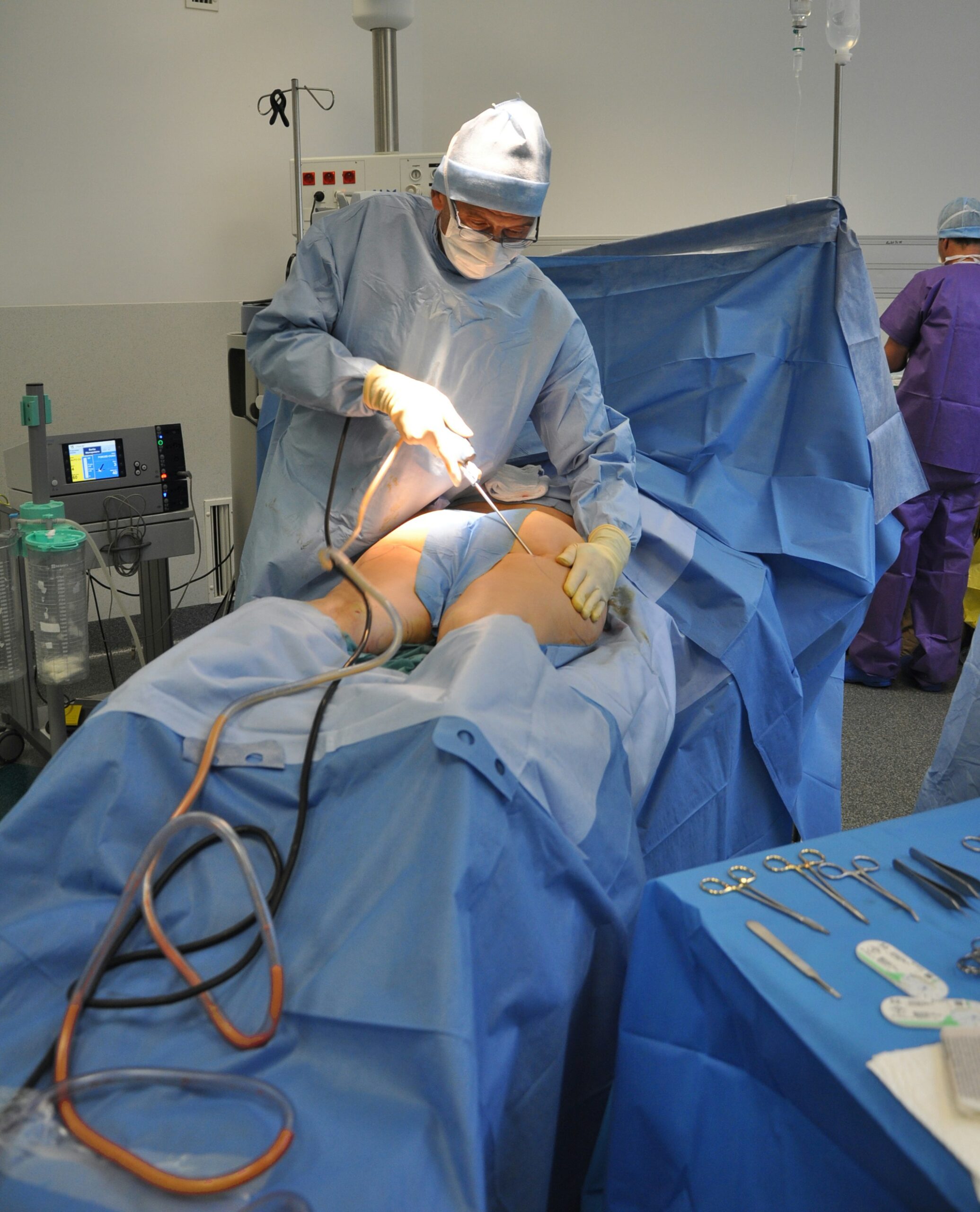
3D printing technology, also known as additive manufacturing, is driving remarkable advances in orthopedic surgery, reshaping how specialists approach treatment and patient recovery. This transformative technology enables surgeons to create precise, customized implants and surgical guides, fundamentally changing routine procedures and complex cases. By producing highly personalized models, 3D printing brings new levels of accuracy to surgeries, ultimately improving patient outcomes and shortening recovery times. As a result, orthopedic practices worldwide are embracing 3D printing to deliver more effective, tailored care.
Personalized Implants for Superior Fit and Function
3D printing has unlocked the potential to create customized implants, which offer significant benefits over traditional, one-size-fits-all solutions. Unlike conventional implants, which often require extensive modification to fit an individual’s anatomy, 3D-printed implants are custom-designed to match each patient’s unique bone structure. Surgeons use imaging data from CT or MRI scans to craft implants that align precisely with the patient’s body, enhancing functionality and longevity. The result is an implant that fits better and performs optimally, reducing the need for future surgeries.
Moreover, the tailored fit of these implants minimizes the risk of complications such as loosening or misalignment, which can be common with traditional implants. With personalized 3D-printed implants, patients experience less postoperative pain and regain mobility faster, allowing them to resume daily activities with improved comfort. This approach has shown promising results in knee and hip replacements, where achieving the perfect fit is critical for long-term success. Additionally, customized implants reduce the chance of infection, leading to fewer complications and a smoother recovery journey for patients.
Enhancing Patient Education and Surgical Planning
3D printing is an invaluable asset in educating patients and helping them tangibly understand their procedures. When patients can see and feel a 3D-printed model of their specific anatomy, they better understand what the surgery will entail and the expected outcomes. For instance, a 3D model of a damaged joint or spine allows patients to visualize the affected area and the surgeon’s planned approach, reducing anxiety and fostering a sense of involvement in their care.
This interactive approach is equally beneficial for surgical planning, enabling the surgical team to practice and refine the procedure beforehand. With a model in hand, surgeons can anticipate potential challenges and fine-tune their techniques, leading to a smoother, more predictable operation. This improves the patient experience and enhances the team’s confidence as they enter the operating room with a precise plan and familiarity with the patient’s anatomy. Ultimately, this preparation supports safer, more efficient surgeries and improves patient outcomes.
Cost-Effectiveness and Accessibility in Orthopedic Care
Another noteworthy impact of 3D printing in orthopedic surgery is its potential to lower costs and improve accessibility. Traditional manufacturing methods can be expensive, and custom implants made through conventional processes often require significant financial and material resources. 3D printing reduces these costs by enabling on-demand production, which limits the need for excess inventory and minimizes waste. This translates to more affordable solutions for healthcare providers to a broader patient population.
Additionally, the reduced production costs of 3D-printed implants make advanced orthopedic care more accessible, particularly in regions where specialized medical devices are often limited or cost-prohibitive. With the ability to print implants locally, hospitals and clinics can avoid lengthy supply chain delays and reduce their reliance on overseas manufacturing. This local production capability supports faster patient treatment and fosters resilience within healthcare systems by reducing dependence on external suppliers. As 3D printing technology continues to evolve, its affordability and accessibility promise to extend quality orthopedic care to more patients worldwide.
The Future of 3D Printing in Orthopedics
Integrating 3D printing into orthopedic surgery is still advancing, and ongoing research will likely unlock further potential. Researchers are exploring new materials, such as biocompatible metals and resorbable polymers, which can promote healing by integrating with the patient’s bone over time. These materials would allow implants to dissolve as natural tissue regenerates, minimizing the need for future surgeries. Additionally, scientists are investigating the possibilities of bio-printing, where living cells are used to create tissue structures that can one day support regenerative medicine.
With each new breakthrough, orthopedic surgery benefits from even more personalized, minimally invasive solutions catering to individual patient needs. Hospitals, universities, and medical technology companies are collaborating to refine 3D printing applications to bring innovations like tissue-engineered implants and real-time printing into mainstream practice. As these advancements develop, 3D printing will continue redefining orthopedic care, making it more patient-centered and efficient.